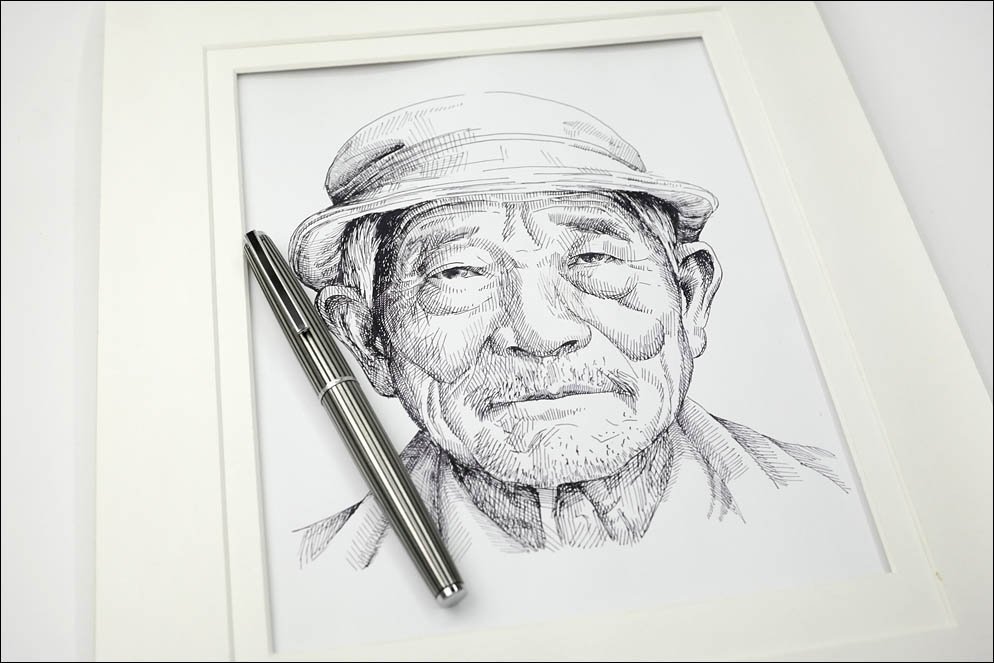Is This An Ivory Dipping Pen, Or...?
-
Forum Statistics
354.7k
Total Topics4.6m
Total Posts -
Member Statistics
127,680
Total Members4,236
Most OnlineNewest Member
maxmillen
Joined -
Images
-
Albums
-
txomsy's quotes
- By txomsy,
- 0
- 5
- 83
-
USG 6
- By USG,
- 0
- 0
- 63
-
more
- By AmandaW,
- 3
- 5
- 86
-
Icones Pupulinianae V
- By fpupulin,
- 0
- 5
- 96
-
Andrew Lensky Arts
- By Andrew_L,
- 0
- 17
- 28
-
















.thumb.jpg.f07fa8de82f3c2bce9737ae64fbca314.jpg)



.thumb.jpg.331e554113c33fb39d5bf3233878978a.jpg)





Recommended Posts
Create an account or sign in to comment
You need to be a member in order to leave a comment
Create an account
Sign up for a new account in our community. It's easy!
Register a new accountSign in
Already have an account? Sign in here.
Sign In Now